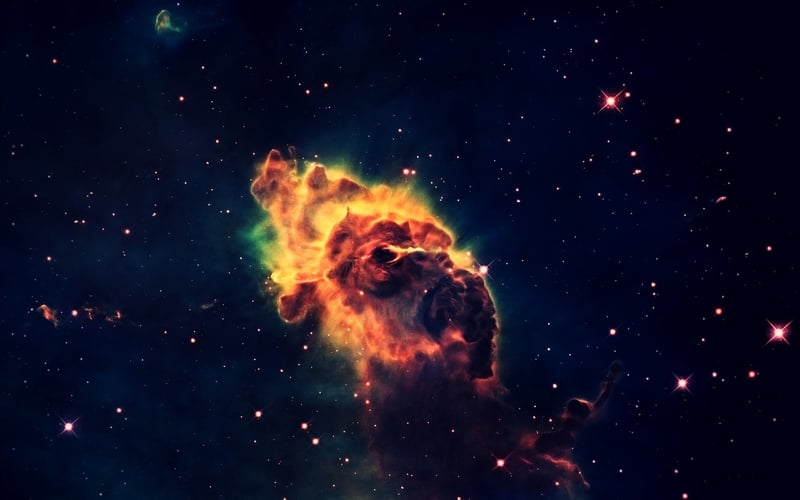Neutron Stars
Exploring the Universe: Celestial Bodies and Neutron Stars
When we gaze up at the night sky, we are met with a vast expanse of celestial bodies that captivate our imagination and curiosity. From twinkling stars to distant galaxies, the universe is a treasure trove of wonders waiting to be explored. In this article, we will delve into the mesmerizing world of celestial bodies and shed light on the enigmatic neutron stars.
Celestial Bodies
Celestial bodies are objects in space, ranging from planets and moons to asteroids and comets, that orbit stars like our Sun. They come in various shapes and sizes, each with its unique characteristics and mysteries. Some of the most common celestial bodies include:
- Planets: Spherical bodies that orbit a star and do not produce light of their own.
- Moons: Natural satellites that orbit planets and offer valuable insights into planetary systems.
- Asteroids: Rocky objects that orbit the Sun, mostly found in the asteroid belt between Mars and Jupiter.
- Comets: Ice and dust-rich bodies that develop tails when passing close to the Sun.
Stargazers and astronomers around the world study these celestial bodies to unravel the secrets of the universe and expand our understanding of space.
Neutron Stars
Neutron stars are one of the most fascinating and extreme objects in the cosmos. Formed from the remnants of massive stars that have undergone a supernova explosion, neutron stars are incredibly dense, packing the mass of a few suns into a sphere about the size of a city.
Due to their density, neutron stars exhibit unique characteristics, such as strong magnetic fields and rapid rotation. They are also known for emitting beams of radiation from their magnetic poles, which can be observed as pulsars when these beams sweep past Earth.
Studying neutron stars provides valuable insights into the fundamental laws of physics, including the behavior of matter under extreme conditions. Scientists continue to unravel the mysteries of these enigmatic objects and their role in the cosmic tapestry.
Conclusion
The universe is a wondrous place filled with a rich tapestry of celestial bodies, each offering a unique glimpse into the mysteries of space. Whether observing distant galaxies or studying the peculiarities of neutron stars, our exploration of the cosmos continues to expand our horizons and deepen our appreciation for the beauty and complexity of the universe.
So, the next time you look up at the night sky, remember that you are gazing upon a vast playground of celestial wonders, waiting to be discovered and understood.


